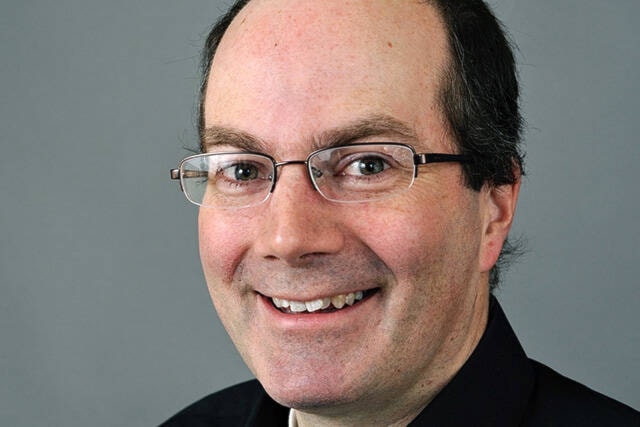Canada has embarked on the biggest immigration boom in its history. As 2022 ended, the federal government was on track to admit a record-breaking 431,000 new permanent residents. That will boost our population by 1.1 percent. The target will rise to 500,000 new permanent residents in 2025 or about 1.2 percent of the population.
To put that in historical perspective, 341,000 permanent residents were admitted in 2019. In the early 2000s the number was around 250,000. The last time the figure reached as high as 400,000 was in 1913, or 5.5 percent of the country’s much smaller population at the time.
In 2019, the last year before the pandemic upended migration flows, Canada was 10th in the OECD in terms of new permanent residents as a percentage of the population. Our intake was similar to Ireland, the Netherlands and Australia. It was about double Britain and Germany, and three times higher than the US rate. The new 500,000 target will take us to fifth, assuming other countries do not change their policies, slightly behind Switzerland and Slovenia.
On top of permanent residents, at the end of 2021 Canada hosted over 600,000 foreign students and 750,000 temporary foreign and international mobility workers. Foreign students can work up to 20 hours a week off campus, a figure that has been temporarily lifted, and full-time during summer and other academic breaks.
These new Canadians will be critical to countering our demographic slowdown and addressing labour shortages. Unlike back in 1912 when the focus was finding more farmers for the prairies, today the government is adjusting its selection criteria for immigrants with skills in areas such as health care and construction.
Some people, including arriving immigrants alarmed by housing prices in Toronto and Vancouver, are wondering where these numbers will live. Housing starts from May to November worked out to around 275,000 units on an annualized basis. That’s higher than our long-term average of around 200,000 units per year, but not enough to make a big dent in the nation’s housing shortage as half a million new people arrive each year.
Here in the Yukon, such levels of immigration are not new. In fact, from 2011 to 2021 the Yukon’s population grew almost two per cent per year thanks in large part to new arrivals from Outside.
The Yukon government’s latest fiscal and economic update expects this trend to continue. If our population keeps rising at the average forecast from 2020 to 2026, the Yukon’s population will hit 50,000 in 2029 and 100,000 in 2066.
This will put our population higher than the (probably exaggerated) estimates during the Klondike Gold Rush and even the highly optimistic 1960s Carr Report, which looked to a 1985 population of 57,000.
Such forecasts are highly uncertain, of course. But on the demand side it seems like the conditions for sustained Yukon immigration are in place. Housing prices are likely to remain eye-wateringly high in Canada’s big cities. The Yukon transfer payment formula will keep growing the number of attractive government jobs here. Our new university will be attractive to surging numbers of foreign students.
The big questions are on the supply side. Telecom and electricity will be manageable. Our fibre cables have huge capacity and Yukon Energy can lease more diesel generators, even if the latter will be costly to our financial and carbon budgets. Health care may be an issue if a growing population outpaces new doctors and nurses, making Yukon waiting lists even longer. However, the situation in most provinces will be no better.
The big constraint will be housing. If the Yukon can sustain high levels of new housing starts, then it will be able to absorb the demand for immigration. If not, then places like Nelson, Squamish and Canmore will benefit from Canadians and international immigrants priced out of big cities.
Decisions by Yukon University will also play a role. Its latest annual report does not break out how many of the 905 full- and part-time credit students it had in fall 2021 were from out of territory, but it does report that 124 of them were international. If the university decides to grow into an institution the size of the University of Northern British Columbia or Mount Allison University, its demographic and economic impact could double or triple.
A bigger population would have significant benefits. It would support more specialized health and education services, as well as provide bigger pools of donors and volunteers for our community institutions. More users would enable more infrastructure. There would be more taxpayers to support the debt the territorial government is running up — a record $214 million after the latest supplemental budget — and to fund local services if our federal paymasters ever get less generous.
There would be growing pains too. We are so close to 50,000 Yukoners that it is easy to see what that Yukon will look like. A Yukon with 100,000 people is harder to picture.
From 1966 to 2021, Whitehorse’s population grew by 23,281 people. The rest of the Yukon by just 2019. Would a Yukon with 100,000 inhabitants mean a Whitehorse of 85,000? If so, don’t expect getting a campsite at Kusawa to get any easier.
Not growing is not an option. The pressure on people in Vancouver and Toronto to move north will rise as Canada’s population surges. The question is how we manage the growth. If our housing construction stays behind the curve, expect population growth to be slower but still substantial. Whitehorse house prices will soar. If we plan ahead to accommodate demand, we will keep house prices lower but will have to share Kusawa campground with 100,000 other Yukoners sooner.
Keith Halliday is a Yukon economist, author of the Aurore of the Yukon youth adventure novels and co-host of the Klondike Gold Rush History podcast. He won the 2022 Canadian Community Newspaper Award for Outstanding Columnist.
